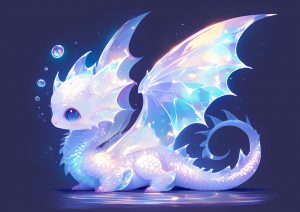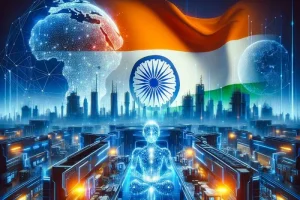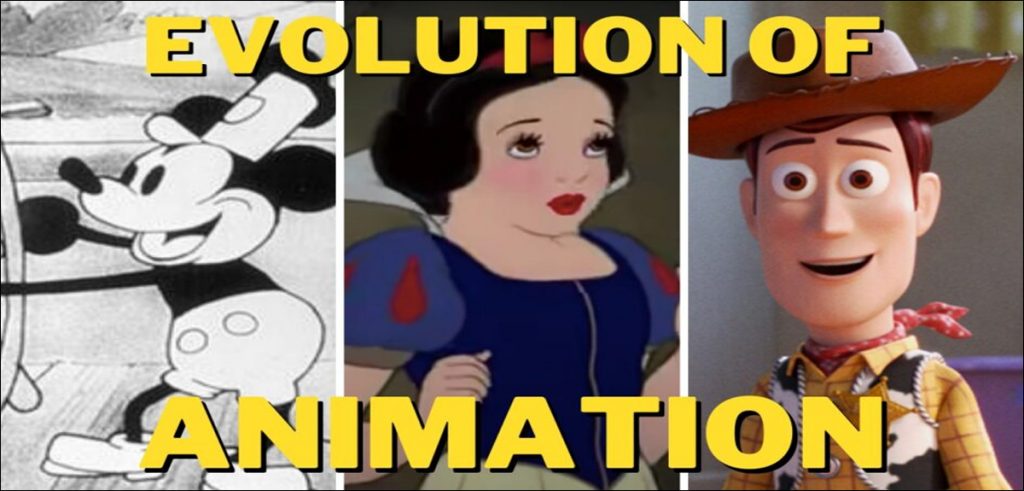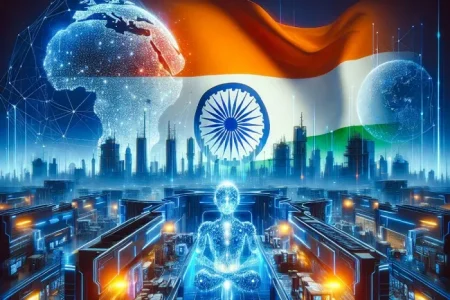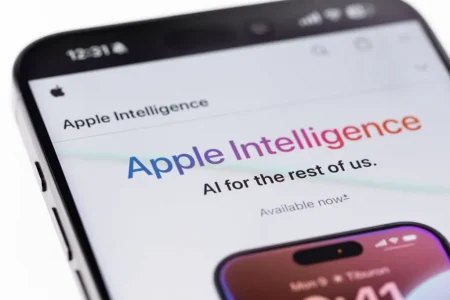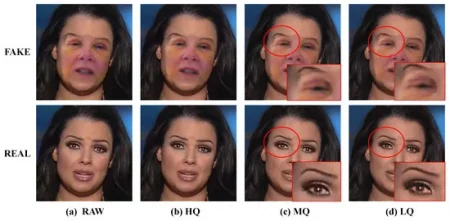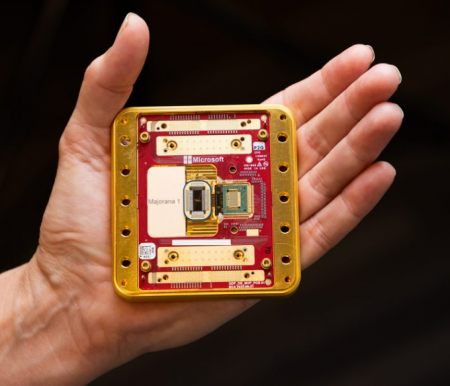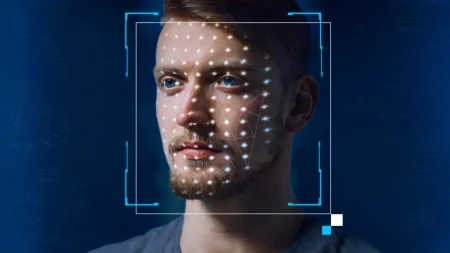Animation has come a long way since its inception in the early 1900s. Adarsh takes a look at its evolution over the decades!
Many people wrongly believe that Walt Disney made the first animated movie. While he was a stalwart who redefined the industry, animation has been around since the 1800s in the form of magic lanterns and zoetropes. But it only gained popularity in the early 1900s with its advent in cinema.
Let’s look at the various eras and pioneers of the animation industry:
The Silent Era (1900-1930)
J. Stuart Blackton is regarded as the father of animation. He used Thomas Edison’s studio to create The Enchanted Drawing which is regarded as the world’s first animation film. Copyrighted in 1900, it is believed to have been made the previous year. It used stop-motion photography where props were placed and shot in a frame and then a single, small change was made to the props before the next shot.
Blackton’s Humorous Phases of Funny Faces made in 1906 is still intact and available for viewing.
In 1908, French caricaturist Émile Cohl made the first fully animated cartoon called Fantasmagorie with no live action whatsoever. He used 700 double-exposed drawings to make a 2-minute film which became the earliest example of traditional animation.
Windsor McCay’s Gertie, the Dinosaur made in 1914 used techniques like keyframing, in-betweening and animation loops, all of which became standard industry practice for decades. McCay became a pioneer in the animation industry for giving a personality to his characters.
Created by Otto Messmer in 1919, Felix, the Cat was the first real star of the animated era. He became a pop culture icon with toys and merchandise made in his image. He also became the template on which animal cartoons were shaped, with round heads and large eyes.
The Golden Age (1930-1950)
The legendary Walt Disney is believed to have modeled his characters around Felix. He started with Oswald, the Lucky Rabbit. It has also been suggested that his most famous creation, Mickey Mouse, is just a repurposed Oswald. But Disney was a pioneer and by introducing sound synchronized animations, he gave these movies that additional zest of life they needed.
Steamboat Willie took the world by surprise in 1928 and he followed it up with more revolutionary techniques like Technicolor in Flowers and Trees and music in The Skeleton Dance in 1932. Snow White and the Seven Dwarfs in 1937 was the first hand-drawn animated feature film with a proper box office release.
He followed that up with a spree of releases, like Pinocchio and Fantasia in 1940, Dumbo in 1941 and Bambi in 1942. All of these cemented Disney’s legacy as the pioneer of animation and also left him with 26 Academy Awards and 59 nominations, both of which still remain records in the history of the Oscars.
The Fleischer Brothers were a New York-based duo who added more sophisticated techniques to animation. They launched and perfected the technique of rotoscoping which involves drawing cartoonish images over the footage of a live-action film and playing it in succession.
Their series Out of the inkwell in-betweening ran for ten years, from 1919 to 1929. But unlike Disney, most of their work was of the adult genre with suggestive and sensual characters like Betty Boop. Their most famous work perhaps is Popeye (1933).
The Warner Bros. cartoon studio was founded by some of the more famous members of the Disney enterprise like Hugh Harmon, Rudolph Ising, and Fritz Freleng. But it’s only after the young and talented Tex Avery joined them that they took it to the next level.
Together, they made characters that were witty and memorable like Daffy Duck, Tweety and Sylvester, Porky Pig, Road Runner and Wile E. Coyote. With their eye-catching techniques, animation soon became a popular genre, especially among kids.
The Television Era (1950s-1980s)
By the 50s, the animation industry started shifting from theatres to television. By the mid-80s, cartoons were very common on television, especially with channels like Disney and Nickelodeon. The Hanna-Barbera production The Flintstones was the first animated series to be aired on prime-time television. This was followed by Yogi Bear.
Adult animated sitcoms also became popular on American television. The most watched show of this genre was undoubtedly The Simpsons.
Disney used xerography in the ’60s to make 101 Dalmatians. This process eliminated hand-inking the outlines of the characters on each cel. The drawings were printed directly onto the cels, saving a lot of time and effort.
The CGI Era (1980s- Present)
From the 1980s, animation made massive jumps in evolution thanks to 2D and 3D CGI. In simple words, CGI is when you make 3D models instead of drawing. It is basically a digital version of stop motion animation. The Walt Disney Production Company made a lot of iconic movies in the ’90s like The Lion King, Beauty and the Beast, Tarzan, Aladdin, Pocahontas and Bambi.
Some really iconic movies were made in the 90s and 2000s. In 1993, Steven Spielberg’s Jurassic Park mixed animatronics, stop-motion and CGI to create the most photorealistic animated creatures to be seen on screen. The studio took a year to create 4 minutes of computer generated footage of the dinosaurs.
Pixar had made their first 3D animated film The Adventures of Andre & Wally B in 1984 but it was their 1995 release Toy Story that announced Pixar as the animation studio to beat. It was the first feature film that was entirely computer generated and had motion control coding to bring the toys to life.
More breakthroughs in 3D animation saw more blockbusters, like Shrek, Kung Fu Panda, Ice Age, How to Train your Dragon, Cars, Madagascar, Guardians of the Galaxy, Hotel Transylvania, Big Hero 6 and so many more.
The second Lord of the Rings movie in 2002 took motion capture and CGI to the next level while creating the character Gollum. The dinosaurs of Jurassic Park were highly accomplished elements that looked real, next to the live-action stars; but Gollum was the first fully computer-generated character that appeared alongside actors and showed the world what motion capture and CGI could achieve!
The next milestone was James Cameron’s ‘Avatar‘ featuring real actors in completely computer-generated worlds. With its advanced CGI and motion capture techniques, it brought the alien world of Pandora to life in both 2D and 3D.
Avatar 2 hits theatres soon and everyone’s excited about what that one has in store for viewers!
With each passing year and technological advancement, animation gets more and more realistic. If you think what already exists is as lifelike as it gets, we don’t have the first clue about what’s waiting for us in the years to come!
In case you missed:
- You can Now Create a Video From a Single Image!
- 5 Free AI Assistants To Make Your Life Easier
- Heavenly Bytes: Is AI the new Medium to God?
- Presenting Gemini Live, Google’s Response to ChatGPT Voice
- Why is Voyager 1 sending Gibberish after 47 Years?
- How to spot a Deepfake Video
- Talk to ChatGPT with new AI Glasses
- Psychosis stems from Video Game Addiction in Kids, reveals Study
- Google launches ‘Cheap AI’ to Combat Rising Costs & Chinese Competition
- Cloudflare’s One-Click Solution for Image Verification

